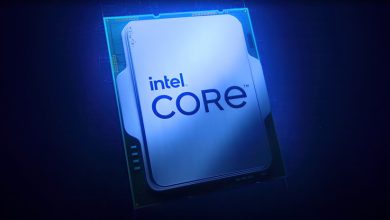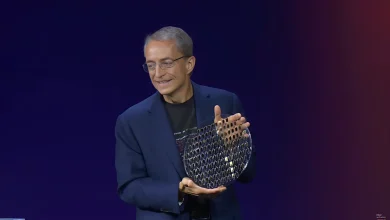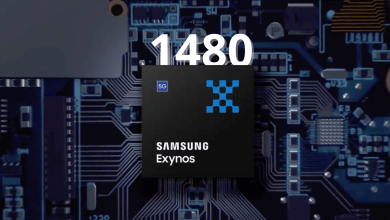NVIDIA to Launch Drivers With RTX Video Super Resolution (VSR) Support Later This Month

NVIDIA has finally confirmed the launch date for its new drivers supporting RTX VSR. For the unaware, RTX VSR, or Video Super Resolution made headlines last month. This technology leverages the AI capabilities of RTX 20/30/40 GPUs to upscale low-quality video streams to a higher resolution. Sounds fun, doesn’t it? And you’d be right. It is quite similar to how DLSS works, though we are not sure about the actual specifics behind the technology.
Drivers For RTX VSR
Google Chrome recently launched ‘Chrome 110‘ which enabled support for NVIDIA’s new VSR tech. However, the caveat was and is that this technology requires driver-level support from NVIDIA. And, sadly, NVIDIA has not released such a driver, yet. However, we have some news regarding a tentative release date.
Manuel Guzman states that the new driver will arrive sometime in late February. Of course, this exactly matches the time window initially given by team green. Similarly, this feature will only support RTX 30 and RTX 40 GPUs on launch. Turing or RTX 20 GPUs will be supported sometime in the future.

As highlighted by Videocardz, over at bugs.chromium we have more information regarding this new feature. Through the ID3D11VideoProcessor API, NVIDIA GPUs will be able to perform AI-enabled upscaling once the new driver releases.
In addition, users will have to update their drivers to version 530.xx if they are to use RTX VSR. Most importantly, laptops relying on battery power will not be able to use this feature given the additional power consumption. Instead, they will have to connect to an external power source (direct power).
Similar to the feature that was added for Intel GPUs with https://bugs.chromium.org/p/chromium/issues/detail?id=1318380, we want to enable AI-based upscaling on Windows for supported NVIDIA GPUs via the ID3D11VideoProcessor interface.
The feature will be gated by the same disable_vp_super_resolution flag to ensure a minimum required nvidia driver version (currently targeted at version 530.xx). There will be no deviceid-based gating, the driver will decide this internally with only the latest generation of GPUs being supported initially.
Just like for the Intel counterpart, the feature has an impact on the GPU power consumption during video playback, so it will only be active when we are running on an external power supply and automatically disabled when we detect a switch to battery power.
There is no user-accessible toggle provided through Chromium, instead a new system-wide option will be added to the NVIDIA Control Panel application for users who want to manually turn the feature off.
Romain Pokrzywka, NVIDIA
Conclusion
It is quite early to say how RTX VSR upscaling will actually perform. Given that DLSS is a remarkable feat in AI-based upscaling, RTX VSR should also live up to its name. We expect this feature to work with YouTube and Twitch from day one.
It is speculated that developers will have to enable support RTX VSR from their end, so it probably will not work across all streaming platforms. However, this raises a question. Given how Netflix charges more for high-res streaming, will some sort of extension enable RTX VSR on Netflix? In theory, you could watch a 4K show, whilst paying for a 1080p subscription.
Are you excited about this new feature from NVIDIA? Tell us your thoughts in the comments below.





